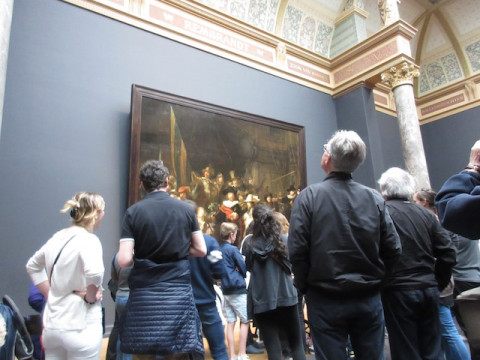Clouds and Preferences (05-13-24)
Tasser, Lavdas, and Schirpke studied the impact of visible clouds on opinions formed of images. They found “no significant differences in preferences between pictures with and without clouds when the pictures with clouds contained a proportion of sky around 22% and a cloud cover of about 39%. However, a higher proportion of sky positively influenced landscape preferences, while a higher proportion of clouds, especially in combination with a lower proportion of sky, had negative effects. . . .
